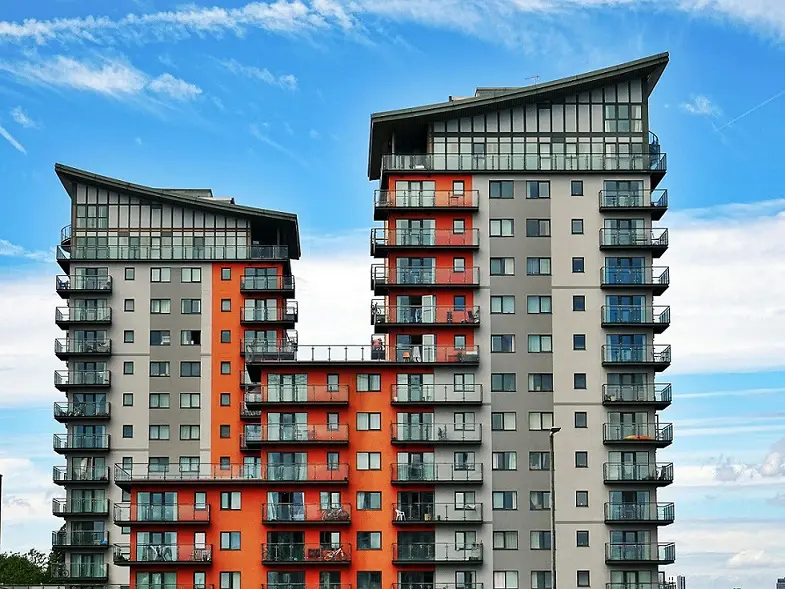
Challenges for Multi-Family Housing
Once the darling of the commercial real estate market, Class A multi-family properties are currently in a bit of a slump. A combination of changes in market cycle factors has prompted the sector to stumble for the first time in many years. There is now a lot of challenging work to be done in a market sector that was firing on all cylinders as recently as 2022.
The current challenges in the rental housing market are mostly self-inflicted. Following the immediate aftermath of the COVID recession and a return to easy money lending policies, builders of multi-family properties saw strong upside in the speculative development of new properties. Market fundamentals at the time showed historically low vacancy rates, high rents, and often double-digit rent growth, all very positive trends for builders when underwriting a new development property. Combining the above with a lending market of low interest rates and high loan-to-value ratios meant it was relatively easy to get a property to underwrite to required returns. Subsequently, a lot of projects broke ground between 2021 and now.
Unfortunately for many of those sponsors, some of these trends were not as long-lasting as anticipated. Double-digit rent growth was at least partly a product of systemic inflation, not just low supply. When the Federal Reserve began to increase short-term interest rates, floating-rate loans used to fund construction projects became much more expensive. Additionally, traditional lenders (rightfully) viewed the increasing rates as an increasing risk and began pulling back on how much capital they would lend to property borrowers. Lending is now both more expensive and less available, impacting equity investor returns as loans mature.
While the lending environment presents a significant challenge, it is not the only market change to impact investors. The speculative development market was so good that a lot of properties broke ground and entered their lease up periods just as inflation was easing and everyone else was delivering as well. In 2023, the US delivered 583,000 multi-family units, the highest figure in more than 40 years. An additional 460,000 units are expected to come online in 2024. Despite this much needed increase in supply, the US still faces an estimated shortage of roughly 3 million units. However, the simultaneous delivery of these units has backed developers into a net absorption corner, resulting in a slowdown in leasing activity and rent growth. Combining these challenges with those of the lending market means there is potential pain in store for the developers who have been less prudent over the last few years.
Structurally, the US still requires more rental and for-sale housing stock. However, with hundreds of thousands of new apartment units delivering at the same time and the lending markets changing direction mid-cycle, the multi-family building boom of 2021-2024 looks to have been overdone by some degree.
Carey S. Blakley, CFA.

